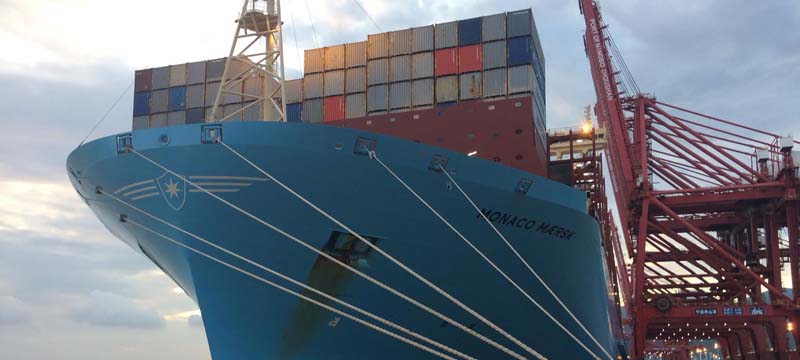 Trading
Trading New York: Global trade is showing signs of bouncing back from a deep, COVID-19-induced slump, the World Trade Organization (WTO) has said, with the caveat that any recovery could be badly disrupted by the future course of the pandemic and how societies react.
The overall volume of trade in goods across the world is forecasted to fall by 9.2 per cent in 2020, followed by a rise of 7.2 per cent in 2021, according to the trade body.
Source: WTO and UNCTAD | Merchandise exports and imports by region, 2012Q1-2020Q2 (Volume index, 2012Q1=100)
‘High degree of uncertainty’
However, these estimated are subject to an “unusually high degree of uncertainty” as they depend on the evolution of the pandemic and response by governments, the global trade body added.
The projected decline is nonetheless not as severe as the “optimistic” 12.9 per cent decline WTO laid out in its April trade forecast. The pessimistic scenario was a fall of 32 per cent.
“The performance of trade for the year to date exceeded expectations due to a surge in June and July as lockdowns were eased and economic activity accelerated”, explained WTO, noting that the pace of expansion could slow sharply once pent up demand is exhausted, and business inventories have been replenished.
“More negative outcomes are possible if there is a resurgence of COVID-19 in the fourth quarter”, it added.
Trade ‘devasted’ in certain goods
According to WTO, the COVID-19 pandemic has had a highly uneven effect on different sectors, as the overall world average fell by 21 per cent.
Trade in agricultural products fell just 5 per cent, given that food, a necessity continued to be produced and shipped even under the strictest lockdown conditions. Fuels and mining products, on the other hand fell by 38 per cent as prices collapsed and people consumed less owing to travel restrictions. Manufactured goods saw a drop of 19 per cent.
Negative global GDP growth in 2020
Forecasts for 2020 global gross domestic product (GDP) – the measure of the market value of all goods and services – was also downgraded to -4.8 per cent, compared to -2.5 per cent under the more optimistic scenario in April.
GDP growth is expected to pick up to 4.9 per cent in 2021, but this is highly dependent on policy measures and on the severity of the disease.
Although the decline during the COVID-19 pandemic is similar in magnitude to the global financial crisis of 2008-09, the economic context is very different. The contraction in GDP has been much stronger in the current recession while the fall in trade has been more moderate, said WTO.
Exports and imports by region
Trading in merchandise recorded its sharpest ever single-period decline in the second quarter, falling 14.3 per cent compared to the previous period, but the impact differed strongly across regions.
The steepest declines were in Europe and North America, where exports fell 24.5 per cent and 21.8 per cent, respectively. In comparison, Asian exports were relatively unaffected, dropping just 6.1 per cent.
During the same period imports were down 14.5 per cent, 19.3 per cent and 7.1 per cent in North America, Europe, and Asia, respectively.
Support Our Journalism
We cannot do without you.. your contribution supports unbiased journalism
IBNS is not driven by any ism- not wokeism, not racism, not skewed secularism, not hyper right-wing or left liberal ideals, nor by any hardline religious beliefs or hyper nationalism. We want to serve you good old objective news, as they are. We do not judge or preach. We let people decide for themselves. We only try to present factual and well-sourced news.







